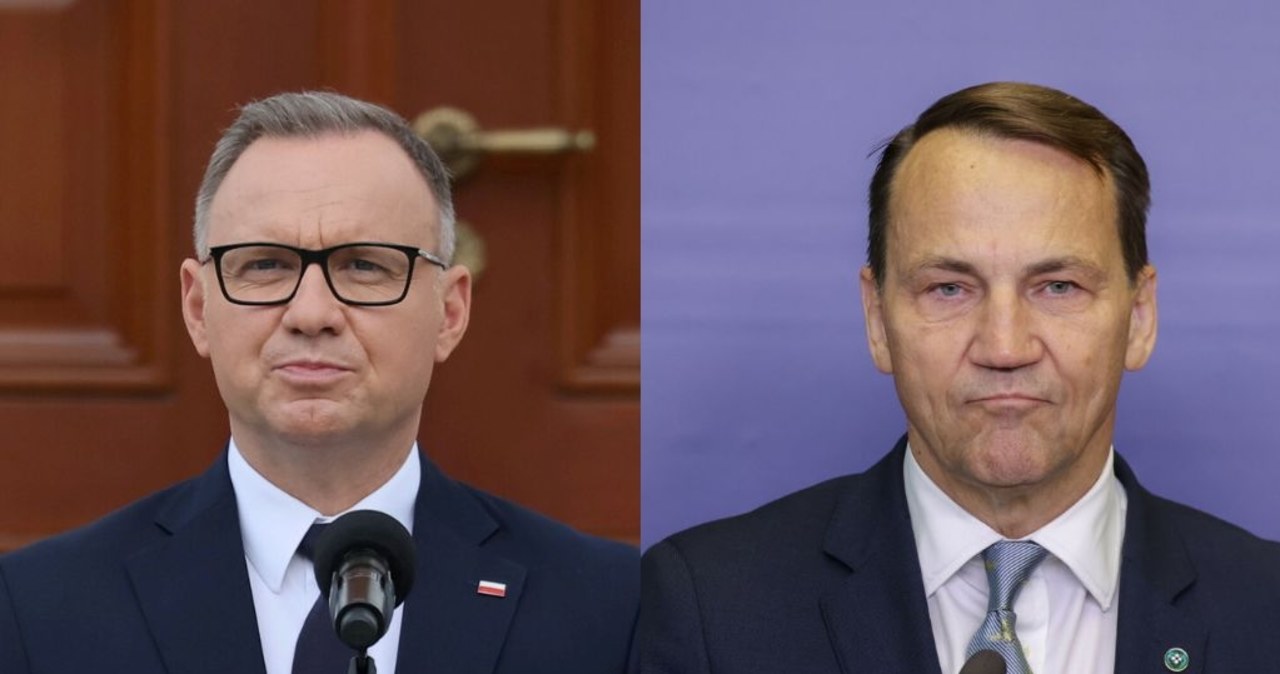The Royal Academy of Arts organized an exhibition “Entangled Pasts” [1], which showed links between art and colonialism in the UK. In particular, on the example of creators and creators associated with the Academy. An exhibition was created about the past of the institution, about the relation of artists and artists to people from another continents. How and by whom for centuries the artistic canon and voice were created in the discussion of its current shape, crucial to what the present and subsequent generations will consider essential to their own heritage and defining the community. Finally, the exhibition is part of the discussion on colonial heritage – 1 of the key to Western societies.
British or Western disputes seem far from our reality. However, they are crucial for Polish disputes. As a society after 1989, we face our own past one more time to mention disputes about the attitude of Poles and Poles towards the Holocaust or the engagement in the communist system. Furthermore, discussions on what we consider to be crucial for our past and proposals to revise our memory – as a good example of today's debates on folk past – have become 1 of the key lines of ideological division, as well as political division in Poland, and 1 of the essential points of dispute over the form of our community in the future. Today, however, the situation is more complicated: we are becoming increasingly diverse, including culturally, society and the increasingly crucial function played by people of immigrant origin with all these complications. All the more crucial is British experience.

It's hard to get a better place to talk about the canon of British culture than the Royal Academy of Art. It belongs to those institutions that have co-created it for more than 2 centuries. Created in 1768 by artists, from the very beginning, it set itself the goal of setting the standards of art. And specified a normative function was performed, among others, by the celebrated "Art Discourses" given by her first president, Joshua Reynolds from 1769 to 1791 on the occasion of the Academy's awards. Over the next decades, it has determined what has been considered essential for art in the United Kingdom. At the same time, from the very beginning, there were contradictions in its functioning. Its co-founders were, for example, 2 artists: from Switzerland Angelika Kauffman, the author of historical paintings and an outstanding portraitist, and especially appreciated for the dead natures of Mary Moser. The loud group image by Johan Zoffany "The Academicians of the Royal Academy" contained both, however, only indirectly – their portraits were suspended on the wall of the hall where the dormitories around the model were gathered. At that time, standards did not let women to be with bare men. This rule was of large applicable importance – studies from the model were the basis of art education at the time, so women were already in a worse position at the beginning, due to the fact that they had hard access to the basics of the artist or sculptor's workshop.
Angelika Kauffman and Mary Moser achieved artistic or social position inaccessible to most women surviving during this period. However, after the death of the second in 1819 it was essential to wait until 117 years for another artist to be admitted into a group of dormitories. Moreover, in 1879 the Academy's then council concluded that its founding act – signed by 2 artists– it excludes the appointment of women. The adoption of Laura Knight in 1936 was only the first tiny step to guarantee its diversity. It wasn't until 2019 that Rebecca Salter was the first female to become president of the Academy. The past of this institution is in a crucial part besides a past of exclusion, marginalization, erasure.

In the very center of Burlington House, where the Academy has been established since 1867, there is simply a rotunda. In the drum of her dome in 1869, 8 busts were placed depicting persons key to the artistic roots of the Academy. These included Leonardo da Vinci, Rafael Santi and Titian. Her co-writers are Reynolds, Christopher Wren, whose works to this day are co-created by the architectural scenery of London, but besides John Flaxman, an English sculptor and cartoonist who had a crucial influence on classicalism throughout Europe, and present is primarily known to professionals. His case shows that the canon of culture is constantly changing.
This is where the exhibition “Entangled Pasts” began and besides started with portraits. They all depict people with African roots, who in the second half of the 18th century came to Britain (and to American colonies that had just become independent). Among them is Ignatius Sancho, a author and composer, an crucial figure for the British abolitionist movement seeking to ban slave trade, but besides slavery itself. There is besides Francis Barber, a servant, and then an assistant to Samuel Johnson for his work on the celebrated "English Dictionary".
Both of them, like Olaudah Equiano, author of the celebrated autobiography, whose copy of Reynolds was presented in the exhibition, were not only liberated but besides part of the British society. More than that, like Ignatius Sancho, whose image was painted by Thomas Gainsborough, 1 of the most prominent painters of the time, and his friends included a loud Shakespearean actor David Garrick or novelist Laurence Sterne, they entered intellectual elites. And at the same time, they were marginalized, like many another black people or representatives of another minorities.

It is symbolic to place portraits at this very place, which was to designate the canon of the tradition of the Academy. This treatment shows well the process of restoration, the visuality of the white people. Giving them, besides by recalling their names, subjectivity. This is an crucial but hard procedure, due to the fact that many of these people were presented in the play only anonymously, as appreciated in the artistic environment in the mid-19th century, Jamaican-British model Fanny Eaton. There's a process of restoring names. Finally, it was felt that the time had come to say who, were the white people shown in the paintings. Repel them from anonymity, make them visible.
However, this only fragmentedly fills the gap after hundreds of generations deprived of the right to image. Therefore, attempts to make contemporary artists fill it out – in general at the exhibition works of creators and creators with non-European roots specified as John Akomfrah, Sonia Boyce, Lubaina Himid, Isaac Julien or Yinka Shonibare are a kind of counterpoint for historical art. Hence, in the exhibition hall starting next to the works of the most crucial 18th-century paintersThomas Gainsborough, John Singleton Copley, and Joshua Reynolds found a 2007 painting of Kerry James Marshall, 1 of the key contemporary African-American artists. It depicts Scipion Moorhead, a slave artist who created in Boston in the late 18th century. They didn't last his work. Its existence is known by Phillis Wheatley's poem "To S.M., A Young African Painter, on Seeing his Works", the first African-American poet known to us. And this is how Marshall introduced him: with a brush in his hand at the easel. As artists and artists have been trained for centuries.
One of the key issues on ‘Entangled Pasts’ is the attitude towards slavery. quite a few space was devoted to the abolitionist movement. It has become, which is well shown by the fresh permanent exposition at the London National Portait Gallery, 1 of the key points of mention in UK history. Nor were there any attempts to justify slavery. The most important, however, is the reminder that the very abolition of it by the United Kingdom did not mean that it did not profit from its existence in another parts of the world, not only through its colonies, but besides by economical ties primarily with the United States. Hence, the expectations of the descendants of slaves not only of apologies, but besides of financial settlement of the state, but besides of descendants of families who in the past benefited from colonialism. Colin Grant, writing about the exhibition in The Guardian, recalled a crucial anecdote: a British household with Caribbean roots missed the money at the Penrhyn Castle erected for George Hay Dawkins-Pennant, who earned his slave work. To ask why they did not buy the ticket, the household replied, “We paid early!”
It is fascinating to see Western institutions look in the mirror of their past. To whether and how they deal with her. From the Polish perspective, however, it is crucial to see how the United Kingdom created and now transforms its image. How the ideas of the colonized countries and their inhabitants arose. The exhibition featured, among others, paintings by William Hodges, who was the authoritative cartoonist during James Cook's 1772–1775 journey to the Pacific and later arrived in India or Agostin Brunias, depicting the 18th century Caribbean. And how contemporary artists and artists collide in these ideas.
The question of the attitude towards colonialism is specific, and present it touches the identity of the Church of British society. 1 of the biggest surprises of the exhibition at the Royal Academy was the presence of the J.M.W. Turner seascapes from the 1940s. Unorthodox, breaking the thought of painting at the time, and at the same time, 1 could judge, far from colonial themes, yet related to them. In the British reasoning of oneself, it was vital to see yourself as a nation of sailors. This sea has become the origin of imperial power and defined its politics, social relations, the way it perceives the planet and itself. And the exhibition shows how in “the hands of artists – as the creators of the exhibition write“The ocean becomes a metaphorical space of collective memory.” 1 of the beginning works of the exhibition is Hew Locke's "Armada" (2017 – 2019) – a twelve suspended on the links attached to the ceiling of damaged models of boats and ships from different times. They look like they're floating in the exhibition space. There are celebrated units like the “Mayflower” of 1620 and the 1948 HMT Empire Windrush. Ships owned by the East India Company and tiny fishing boats, cargo ships alongside passengers. They all form a large, worrying fleet of sailing ships that came from the past, with all collective baggage, but besides individual stories.
The exhibition at the Academy yet shows how the politics of Western museum institutions are changing (and not just them). How they specify their function today. How they face changes in their societies. It is besides worth looking at responses to this policy. Today, at the highest levels of museums, progressives dominate – Alexander Adams has long preached. “They do not believe in the value of national unity” explains. He adds: “They actively argue an idealistic culture based on spiritual beliefs and racial/ethnic similarities; they despise the creator of nationalistic art and an audience that responds positively to it; they disagree with nationalistic art, if it concerns their people. specified administrators become xenophiles who identify more with strangers than with their own countrymen.”
The author of these words, the British artist, critic and poet, is most likely not 1 of the most influential critics of cultural policy conducted by Western institutions. However, it has become an crucial point of mention for any of the Polish environments – it is constantly published in the “Obiec”, a letter published by the Ujazdowski Castle, which, thanks to Piotr Bernatowicz appointed as manager by Piotr Gliński, has become an institution implementing the right-wing program very consistently. There was besides the text quoted here with the notable title "Cultural War and Blockbusters in Art" ("Origin" No 23/2023).
In the position of Alexander Adams specified exhibitions as “Entangled Pasts” are most likely a manifestation of oicophobia – to callback the word coined by Roger Scruton, who in Poland on the right made a stunning career. Rejecting native culture and apology of another value systems. However, its creators do not propose to break up with the past at all, but they show it various entanglements. More, it is in it that they search knowing of today's social or cultural divisions, but they besides extort from the past of attitudes or people who are present today. They enrich and differentiate the canon of reasoning about their own identity, not overthrow. And possibly in the eyes of people like Alexander Adams is their biggest sin. They do not mention to his close traditions: "self-sufficiency, Christianity, group affiliation, valor in combat and border mentality, which reflected colonization and abroad trade." They show that Britishness does not should be related to origin, color, or religion. But you should be able to do it – we besides stand before it.– talk about it and besides take care of the fears of those who do not find themselves in the present reality.
[1] Entangled Pasts, 1768–now. Art, Colonialism and Change, London, Royal Academy of Arts, 3 February-28 April 2024.














